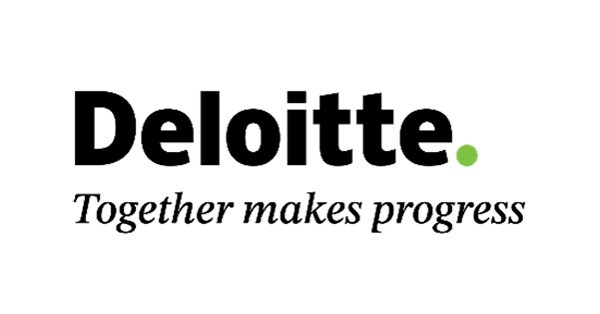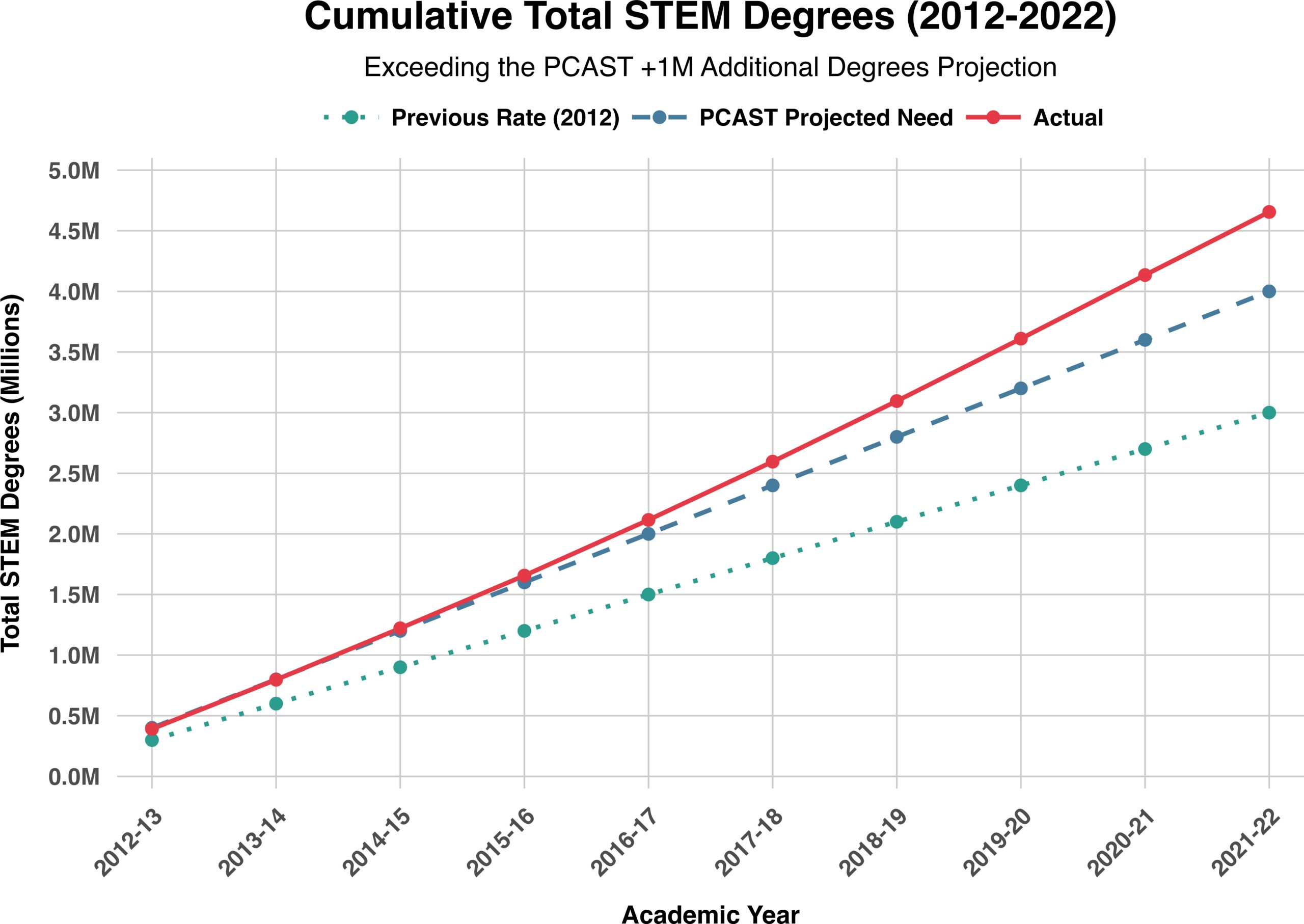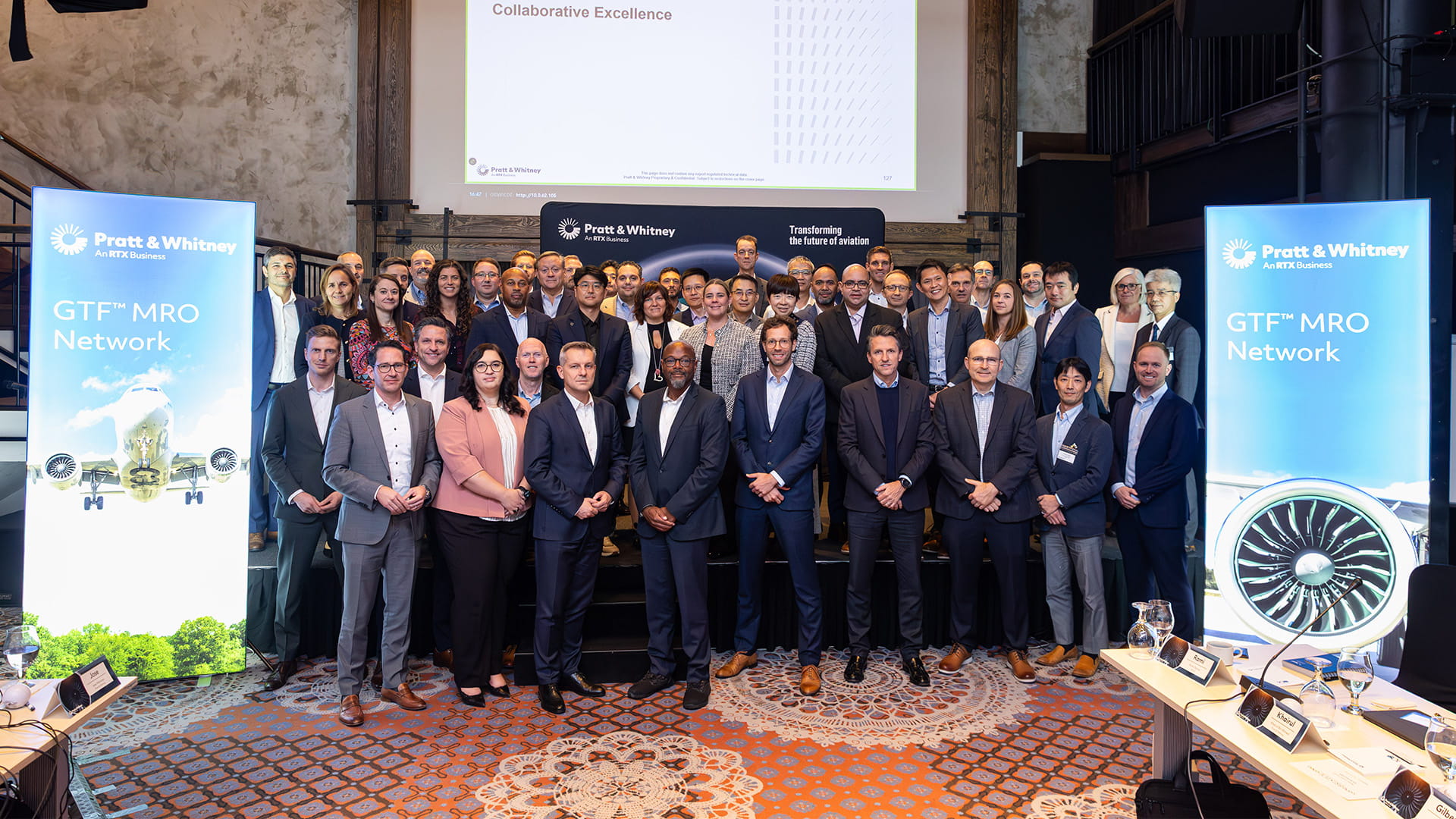Thank you, David. I appreciate the opportunity to speak again at the Brookings Institution.1 It is always an honor for me to return to the place where I held my first job as an aspiring economist. I had the good fortune to be a research assistant for the eminent economist and public servant, including as Vice Chair of the Fed, Alice Rivlin early in my career. It was a formative, if not transformative, experience for me, and I remain grateful to her and Brookings for it.
Today, I would like to speak to you about how I see the U.S. economic outlook evolving, specifically through the lens of the dual mandate given to the Federal Reserve by Congress to promote maximum employment and price stability. Then, I will discuss how my assessment of the outlook guides my thinking on monetary policy.
I will start by acknowledging that, due to the government shutdown, this is a challenging time to give an economic outlook speech. Federal statistical agencies, including the Bureau of Labor Statistics, the Census Bureau, and the Bureau of Economic Analysis, have not produced many of the data I regularly use in assessing the economy, such as monthly employment data from BLS and the personal consumption expenditures (PCE) price index from BEA. The longer the shutdown lasts, the more data could be disrupted.
Economic Outlook
However, we are not flying blind. The staff at the Federal Reserve and I use a wide variety of data from administrative sources and various private-sector providers to continually evaluate the state of the economy in real time. That practice has become essential in recent weeks given the lack of official releases. These data include alternative measures of inflation, labor-market activity, and production and spending, inflation. For example, states continue to report data on unemployment insurance (UI) claims, and online job boards provide data on available positions. Various firms provide pricing data on a variety of products and services, including housing and vehicles, and offer information on credit card spending, the moods of consumers and employers, and manufacturing and service-sector output. In my first speech as a Governor in 2022, I encouraged the use of more high-frequency, real-time data from the private sector, and I think this has borne fruit.2 And, of course, the Reserve Banks in the Fed System are a rich source of statistical and anecdotal data, some of which are documented in the Beige Book report policymakers receive before each Federal Open Market Committee (FOMC) meeting.
In addition, I find broad outreach to business leaders, workers, nonprofits, and families around the country essential in understanding the state of the economy. I will rely on this outreach, these alternative data sources, and the latest available federal data when discussing my outlook today.
Inflation
First, I will turn to inflation. Based on the available data for September, it is estimated that the PCE price index rose 2.8 percent in the 12 months ending in September, significantly above our 2 percent target. Core inflation, which excludes the volatile food and energy categories, was also estimated to be 2.8 percent. Both of these readings are as high or higher than their readings a year before, propped up by an increase in tariff-affected goods prices.
My outreach to business leaders suggests that the pass-through of tariffs to consumer prices is not yet complete. Many firms have adopted a strategy of running down their inventories at lower price levels before raising prices. Others have reported waiting until tariff uncertainty is resolved before passing increases on to consumers. New car models, clothing lines, and other products will be coming onto the market, and that process will continue to provide firms with an opportunity to level set prices. As such, I expect inflation to remain elevated for the next year.
Nonetheless, the effect of tariffs on prices, in theory, should represent a one-time increase. It is encouraging that most long-run inflation expectations, including from the New York Fed Survey of Consumer Expectations, are low and stable at this juncture. When excluding tariff effects, 12-month core PCE inflation through September appears to be about 1/2 percentage point lower at about 2.3 percent, suggesting that underlying inflation has continued to make progress toward target. My assessment is that inflation is on track to continue on its trend toward our target of 2 percent once the tariff effects are behind us. The big caveat is that tariff effects must prove not to be persistent and that monetary policy remains appropriately focused on achieving that goal.
This is a point worth dwelling on for just a moment. The FOMC’s firm commitment to its inflation mandate is imperative to ensure that inflation does remain in check, as I do expect in my baseline forecast. So let me be clear. I am committed to reaching our 2 percent inflation target. Moreover, I will be prepared to act forcefully, if the tariff effects appear to be larger or last longer than expected, or if other evidence emerges that higher levels of inflation are becoming entrenched in expectations.
Labor market
I will now turn to the labor market. We have less recent official data on the labor market, but the latest available indicators suggest that the labor market remains solid, though gradually cooling. The unemployment rate edged up over this summer from 4.1 percent in June to 4.3 percent in August, a relatively low reading one would expect to see in a healthy economy. To put 4.3 percent into perspective, the average unemployment rate over the 50-year period preceding the pandemic was 6.2 percent. Since August, more recent labor-market indicators, such as UI claims, job postings, and individuals’ assessments of job availability, signal little change to the August reading—at most a small uptick. Taken together, the slightly rising unemployment rate indicates the labor market is softening, but only modestly so.
I would be remiss if I did not mention slowing in payroll gains observed over the summer. In most cases, a sharp slowing in payrolls would suggest increasing slack and would generally be accompanied by an increase in the unemployment rate. However, in this instance, the slowing in payrolls can mostly be explained by a coincident decline in population growth due to immigration policy. Because they are currently driven by fluctuations in population growth, the payroll numbers do not provide a definitive signal about labor-market slack. Therefore, it would be prudent for us to consult the other indicators I already mentioned.
It is important to recognize that there appear to be worsening outcomes for vulnerable and low-to-middle-income (LMI) households. In the labor market, youth and Black unemployment rates, both of which tend to be more cyclical than total unemployment, have steadily risen since this spring through the latest readings in August. The deteriorating labor market experienced by these two vulnerable groups mirrors other emerging strains in some households’ financial health and balance sheets. Among LMI households, we have observed large increases in delinquencies, especially last year, and there is some evidence that their spending has stagnated, in particular compared to the robust spending growth of their higher-income counterparts. This is sometimes called a “two-speed” economy, when the well-off are doing well, while LMI and vulnerable households are not.
Monetary policy works by affecting conditions for the entire economy and is not well suited to produce specific outcomes for specific groups of people. Ultimately, I believe delivering on our dual-mandate goals will produce the best outcomes for all Americans. Nonetheless, it is important for policymakers to monitor the two-speed economy. Understanding the challenges faced by so many Americans underscores the reasons why we need to get monetary policy right. Vulnerable and LMI households are the ones who will be the first and most hurt, if the labor market were to suddenly deteriorate or if inflation were to remain too high.
Economic activity
To turn to economic activity, recent readings are consistent with solid overall growth. Output has been supported by household consumption that has held up better than expected earlier this year. Yet, what has been more striking is the strength of business investment. Business investment has been driven by investment in high-tech equipment and software, seemingly mostly related to AI. As I have mentioned in previous speeches, that suggests to me there is a reason to be sanguine about future productivity growth.3 I see AI as a general-purpose technology, on par with the steam engine and the personal computer, that has the potential to transform the economy and boost productivity. I expect this sector to continue to provide support to output growth over the next few years, at least.
In the very near term, I see the federal government shutdown as weighing on activity this quarter. Furloughing federal workers and forgoing government purchases of goods and services, including those provided by contractors, directly lowers output in the public sector. And spillover effects to the private sector are worth considering. Potential delays in government payments, permits, inspections, insurance provision and other functions could slow certain spending and investment activities, and some small business contractors with very little cushion may never be paid and may ultimately close their businesses. I see both sets of effects as being largely temporary. It is anticipated that they would unwind in the following quarter after the shutdown ends.
In summary, after a temporary slowdown due to the government shutdown, I expect the economy to grow moderately over the medium term, supported by an AI productivity boom. I see the labor market as still solid, but I am highly attentive to downside risks. I see inflation as remaining somewhat elevated due to tariff effects and subject to upside risks.
Monetary Policy
Having articulated my outlook, I will turn to my current view of monetary policy. At the FOMC meeting last week, I supported the Committee’s decision to lower the target range for the fed funds rate by a quarter-point to 3-3/4 to 4 percent. I viewed that decision as appropriate, because I believe that the downside risks to employment are greater than the upside risks to inflation. I view the latest reduction in the fed funds rate as another gradual step toward normalization. I see the current policy rate as remaining modestly restrictive, which is appropriate given that inflation remains somewhat above our 2 percent target.
At last week’s meeting, I also supported the decision to conclude the reduction of the aggregate securities holdings on the balance sheet on December 1. The long-stated plan had been to stop balance sheet runoff when reserves were somewhat above the level the Committee deemed consistent with ample reserve conditions. In the several weeks ahead of our latest meeting, signs, such as an increase in repo rates relative to administered rates, did emerge suggesting this standard had been reached. These developments were anticipated as the size of the balance sheet declined and supported the decision to cease runoff.
Looking ahead, policy is not on a predetermined path. We are at a moment when risks to both sides of the dual mandate are elevated. Keeping rates too high increases the likelihood that the labor market will deteriorate sharply. Lowering rates too much would increase the likelihood that inflation expectations will become unanchored. As always, I determine my monetary policy stance each meeting based on the incoming data from a wide variety of sources, the evolution of my outlook, and the balance of risks. Every meeting, including December’s, is a live meeting.
Thank you again for the opportunity to return to Brookings. I look forward to our conversation.
1. The views expressed here are my own and not necessarily those of my colleagues on the Federal Open Market Committee. Return to text
2. Lisa D. Cook (2022), “Economic Outlook,” speech delivered at the Peterson Institute for International Economics, Washington, D.C., October 6. Return to text
3. See Lisa D. Cook (2024), “What Will Artificial Intelligence Mean for America’s Workers?” speech delivered at the Ohio State University, Columbus, Ohio, September 26. Return to text









